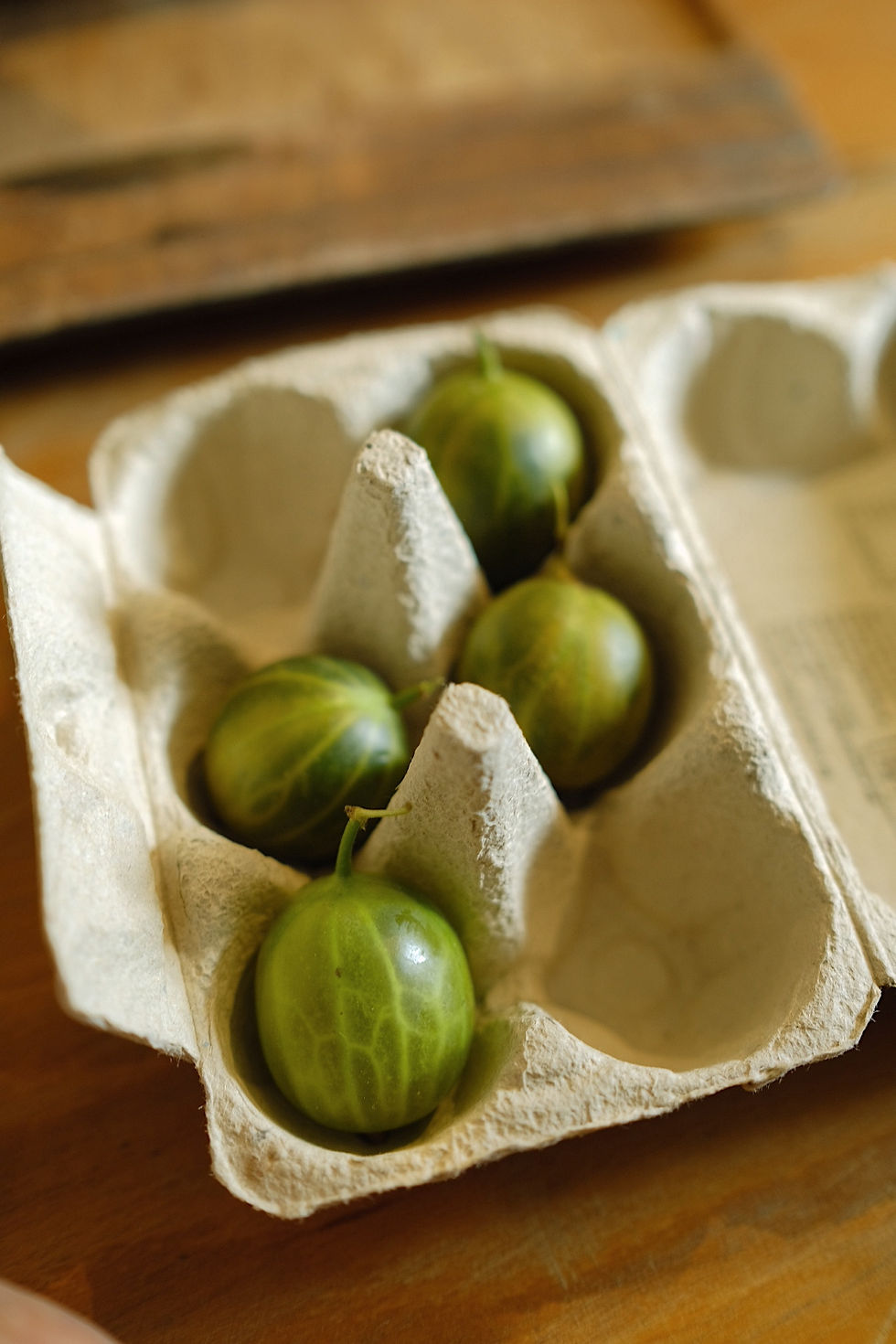The Welsh Salt Harvest
- Angus D. Birditt
- Nov 19, 2021
- 3 min read
Maria Bell is a photographer from the Isle of Wight. Explore Maria's contribution to Stories within Our Isles, her collection of photographs & words capturing the Anglesey sea salt harvesters Halen Môn at work. A selection of these photographs by Maria will be exhibited in the Our Isles exhibition at Oriel Davies in Newtown, Wales.

We were wading through the calm but ever-advancing tide of the Menai Strait, the small strip of water separating the island of Anglesey from North Wales. As the sun rose and the dusky blue mountains of Snowdonia faded into the haze of the horizon behind, David Lea-Wilson, co-founder of Halen Môn, inspected the inherent saltiness of the water with his refractometer; the first step of the daily salt harvest he has perfected over the last 23 years. The first documentation of salt harvesting here was possibly as early 50 AD, the many iterations of salt harvesters came to an abrupt halt at the end of the 18th century from a dispute over the purity of the product. The accused found to be supplementing their salt brine with rock salt from Cheshire, a deception that proved fatal for their business. This kind of scandal is not a concern with David and his parter Alison now chief salt makers on the island.“When we say it’s 100% sea salt, we mean it. There’s nothing else in it apart from a tiny bit of moisture - and even that lots of other salt-makers add in as an additive,” David explains. The quality of the salt here is exceptional. Even before being taken from the sea, the salt has been refined by the crystal clear waters twice over; once through the mussels beds and again through the sand bank. It’s then pumped through to the saltcote on land where it is heated to a salty brine, transferred to tanks to cool and left for their signature crystals to form. These modern evolvements of time tested techniques allow for a efficient, sustainable legacy process whilst maintaining the kind of care that businesses of this stature can lose; all the salt made here is packed by hand from a small team that have been a part of the company for years, some decades. When talking with David and Alison about their salt, it is as much about the approach as the product. A philosophy partly formed by travelling to Japan to learn about the art of salt making early on in their endeavour, “the Japanese have a reverence for salt, they don’t trade it as a commodity, they treat it as something special,” David explains. That something special has a history. Revered in religion, a staple of superstition, a catalyst for revolution and repression, the blunt-force of empire and elevation of sustenance; for millennia civilisation’s harnessing of salt has been so much more than a simple ingredient. It is as much a part of us physically - we need a percentage of saltiness (sodium) to survive - as it is the planet, with rock salt running deep through the earth like white veins.
It therefore fits that the harvesting of salt be given the attention and respect it deserves. This is where Halen Môn stands out. Renowned worldwide for their salt’s colour, texture and flavour, it is the first Welsh product to ever be awarded Protected Designation of Origin, specifically recognising the Welsh seawater and Anglesey coastline in its production.
It is that history, the care, the people and the place that makes documenting these stories in my work as a photographer so important, and I’m so glad to have these photographs as part of the Our Isles exhibition.
Photographs & Words by Maria Bell | @marrbellphoto
.png)




.jpg)


.jpg)



















Comments